The dense canopy of tropical rainforests has long been a realm of mystery, teeming with life that remains largely unseen from the forest floor. In recent years, scientists and conservationists have turned their attention upward, constructing intricate networks of canopy bridges—often called "tree bridges" or "animal corridors"—to study and protect the rich biodiversity thriving above our heads. These aerial pathways are revolutionizing our understanding of rainforest ecosystems while offering innovative solutions to habitat fragmentation caused by human activity.
High above the damp undergrowth, where sunlight filters through layers of foliage, a secret world unfolds. Tree bridges, ranging from simple rope ladders to elaborate suspension structures, allow researchers to observe canopy-dwelling species in their natural habitat. Orangutans swing between platforms, slow lorises creep along carefully positioned branches, and countless insect species traverse these arboreal highways. The construction of these corridors often involves local communities, blending traditional knowledge with modern conservation techniques to create pathways that feel natural to the species they're designed to serve.
One remarkable aspect of canopy bridges is their role in maintaining genetic diversity among isolated animal populations. As logging and agriculture carve up ancient forests, many arboreal creatures find themselves stranded in shrinking islands of habitat. Tree bridges serve as vital connectors, allowing animals to move between forest fragments in search of mates, food, and new territories. In Malaysia's Sabah region, camera traps have documented over 30 mammal species using these structures, including the elusive clouded leopard and the endangered Bornean gibbon.
The science behind these aerial corridors reveals fascinating insights into animal behavior. Researchers have discovered that different species exhibit distinct preferences for bridge design. While primates generally prefer sturdy, broad crossings, squirrels and smaller mammals navigate narrow, flexible ropes with ease. Some reptiles, like the emerald tree boa, surprisingly take to these bridges more readily than anticipated, challenging previous assumptions about their movement patterns. Night vision cameras have unveiled an entirely nocturnal community that emerges after dark, with tarsiers and flying lemurs making regular use of the elevated pathways.
Beyond their scientific value, canopy bridges are proving to be powerful tools for conservation education. Observation platforms built alongside major bridges allow eco-tourists and local students to witness canopy activity without disturbing the wildlife. In Costa Rica, these viewing stations have become popular attractions, generating income for local communities while fostering appreciation for rainforest preservation. The bridges also serve as living laboratories where researchers can demonstrate the immediate impact of conservation efforts, making abstract concepts like biodiversity tangible for visitors.
Engineering these structures presents unique challenges that require innovative solutions. Materials must withstand constant exposure to moisture, intense sunlight, and the weight of moving animals while blending seamlessly into the forest environment. Modern bridges often incorporate recycled materials and natural fibers, with designs inspired by indigenous techniques used for centuries in treehouse construction. Some of the most successful bridges actually use living plants, training vines and aerial roots to grow into sturdy natural crossings that become stronger over time.
The data collected from canopy bridge monitoring is reshaping conservation strategies worldwide. By tracking which species use the bridges and how frequently, scientists can prioritize protection for critical connection points in fragmented forests. In the Amazon, this approach has led to the creation of protected aerial corridors that span multiple countries, ensuring safe passage for migratory species like harpy eagles and spider monkeys. The information also helps planners design more wildlife-friendly infrastructure when roads must cut through forest areas.
Perhaps most importantly, tree bridge projects are demonstrating how human development and wildlife conservation can coexist. In areas where bridges have been installed over logging roads or plantations, animal populations have shown remarkable resilience. Endangered species like the Javan slow loris have been documented establishing new territories by using these artificial connections to cross previously impassable gaps. As climate change alters habitats, such adaptable solutions may prove crucial for helping vulnerable species migrate to more suitable areas.
Looking to the future, researchers are experimenting with high-tech enhancements for canopy bridges. Solar-powered cameras with AI recognition software can now identify individual animals and track their movements across vast networks. Some projects are testing bioacoustic monitoring systems that analyze animal calls to assess population health. There's even talk of creating "smart bridges" that could adjust their tension or position in response to weather conditions or animal weight distribution.
The humble tree bridge has evolved from a simple conservation tool into a sophisticated interface between humans and the forest canopy. As we continue to uncover the secrets of this aerial world, one truth becomes increasingly clear: protecting rainforests means looking beyond the trees to safeguard the intricate web of life that exists between their branches. These canopy corridors represent more than just pathways for animals—they are bridges to understanding, connecting human curiosity with nature's most hidden wonders.
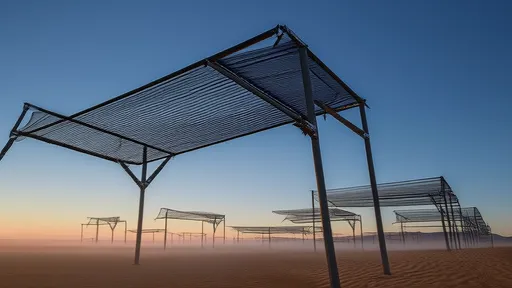
By /Jul 16, 2025

By /Jul 16, 2025

By /Jul 16, 2025

By /Jul 16, 2025

By /Jul 16, 2025

By /Jul 16, 2025
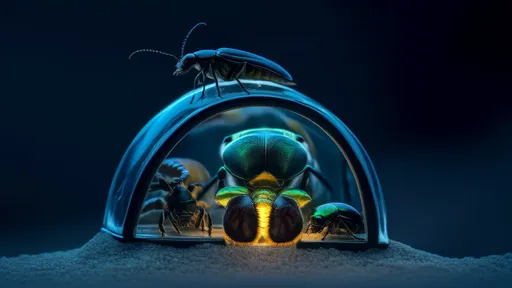
By /Jul 16, 2025
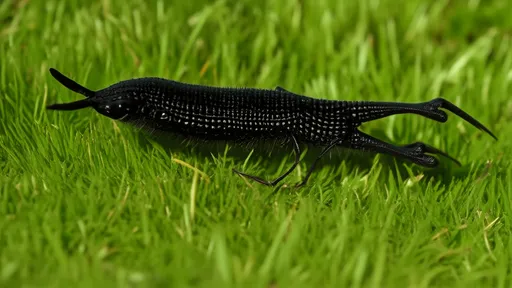
By /Jul 16, 2025
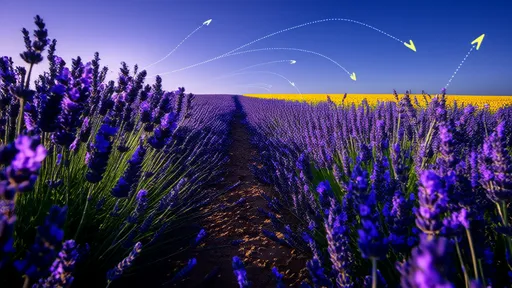
By /Jul 16, 2025
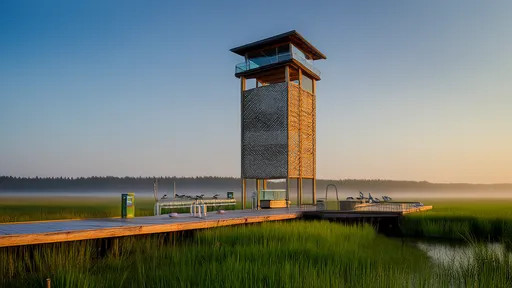
By /Jul 16, 2025

By /Jul 16, 2025

By /Jul 16, 2025

By /Jul 16, 2025

By /Jul 16, 2025

By /Jul 16, 2025

By /Jul 16, 2025
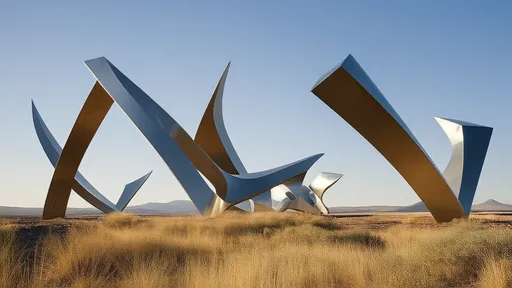
By /Jul 16, 2025

By /Jul 16, 2025